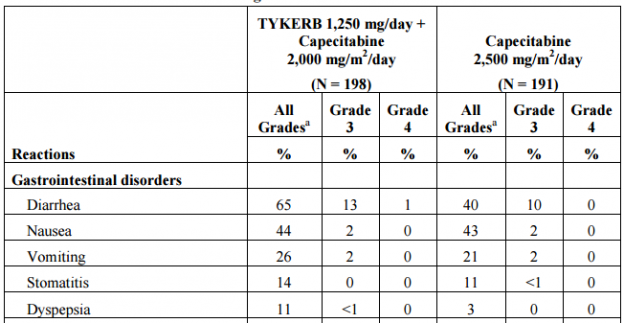In a significant breakthrough for oncology, GlaxoSmithKline has revealed that Tykerb (lapatinib), an established medication primarily used for treating HER2-positive breast cancer, exhibits a remarkable capability in reducing breast cancer stem cells. This revelation could potentially ignite a transformative shift in how the medical community perceives and approaches breast cancer treatment. Traditional methods have often succeeded in targeting bulk tumors but have failed to eliminate the more insidious cancer stem cells that are believed to facilitate recurrence and metastasis.
The intricacies of this discovery lie in the dual-action mechanism of Tykerb. While it primarily inhibits the HER2 receptor, playing a vital role in cellular proliferation, it also appears to target and diminish the subpopulation of cancer stem cells. These resilient cells have long evaded conventional therapies, allowing tumors to persist and even flourish following treatment cessation. By addressing both the tumor bulk and its root cellular dysfunctions, Tykerb presents a more holistic therapeutic avenue.
Researchers emphasize the importance of understanding cancer not merely as a mass of rapidly dividing cells, but as a complex interplay of various cellular hierarchies. The elucidation of Tykerb’s effects on stem-like cells underscores this paradigm shift. Clinical trials showcasing these results could alter the trajectory of treatment protocols, steering oncologists away from generic cytotoxic approaches toward more individualized regimens that focus on eradicating the most troublesome cells at the core of breast cancer.
The ramifications of this research extend beyond immediate therapeutic possibilities. With the reduction of breast cancer stem cells, patients may anticipate not only enhanced survival rates but also a diminished likelihood of relapse. This development provokes excitement and hope within the medical community and among patients alike, leading to inquiries about the implications of such treatments for other malignancies.
Furthermore, the investigative landscape appears ripe for exploration. Questions loom large regarding the molecular pathways engaged by Tykerb and the potential for other targeted therapies to mimic its efficacy. Can similar drugs in various classes be curated to dismantle remaining populations of malignant cells in other cancers? What roles do the tumor microenvironment and genetic variability among patients play in the drug’s effectiveness?
In conclusion, Glaxo’s findings herald a promising chapter in the ongoing battle against breast cancer. By focusing on the elusive cancer stem cells, Tykerb offers a novel and comprehensive approach to an age-old disease. The convergence of scientific inquiry, rigorous clinical trials, and patient-centric paradigms could pave the way for the next generation of cancer therapies, instilling optimism for those navigating the arduous landscape of breast cancer treatment.
